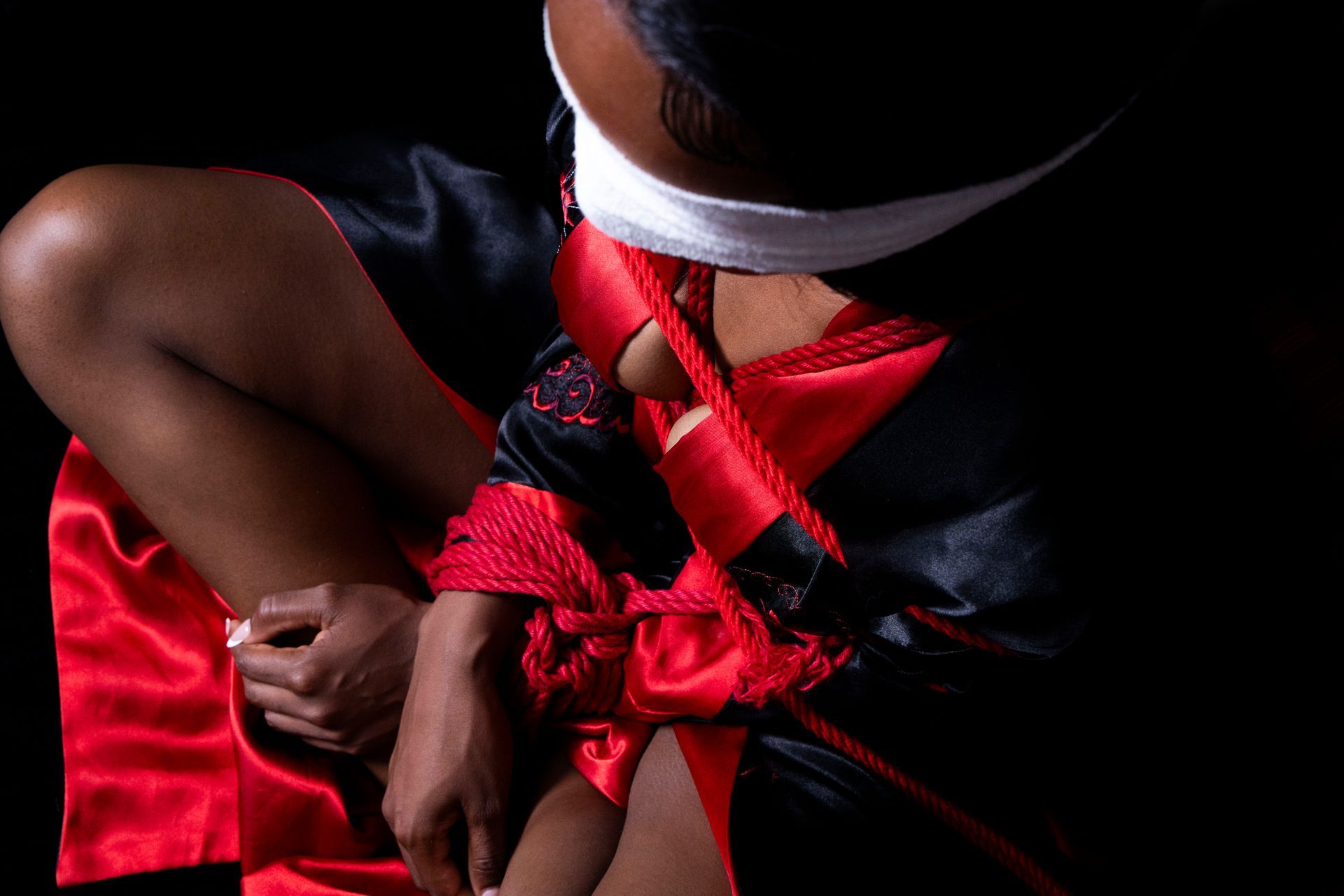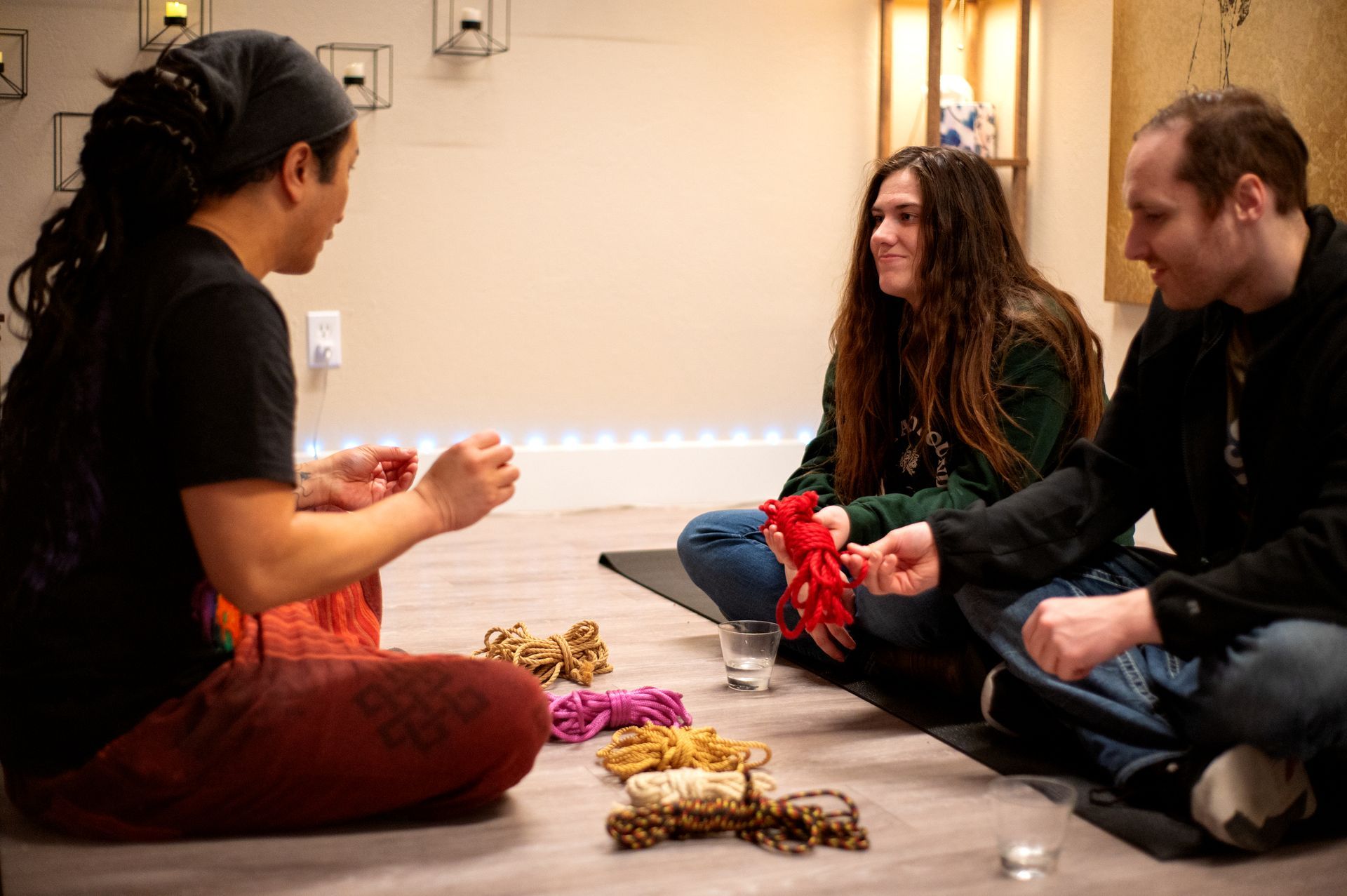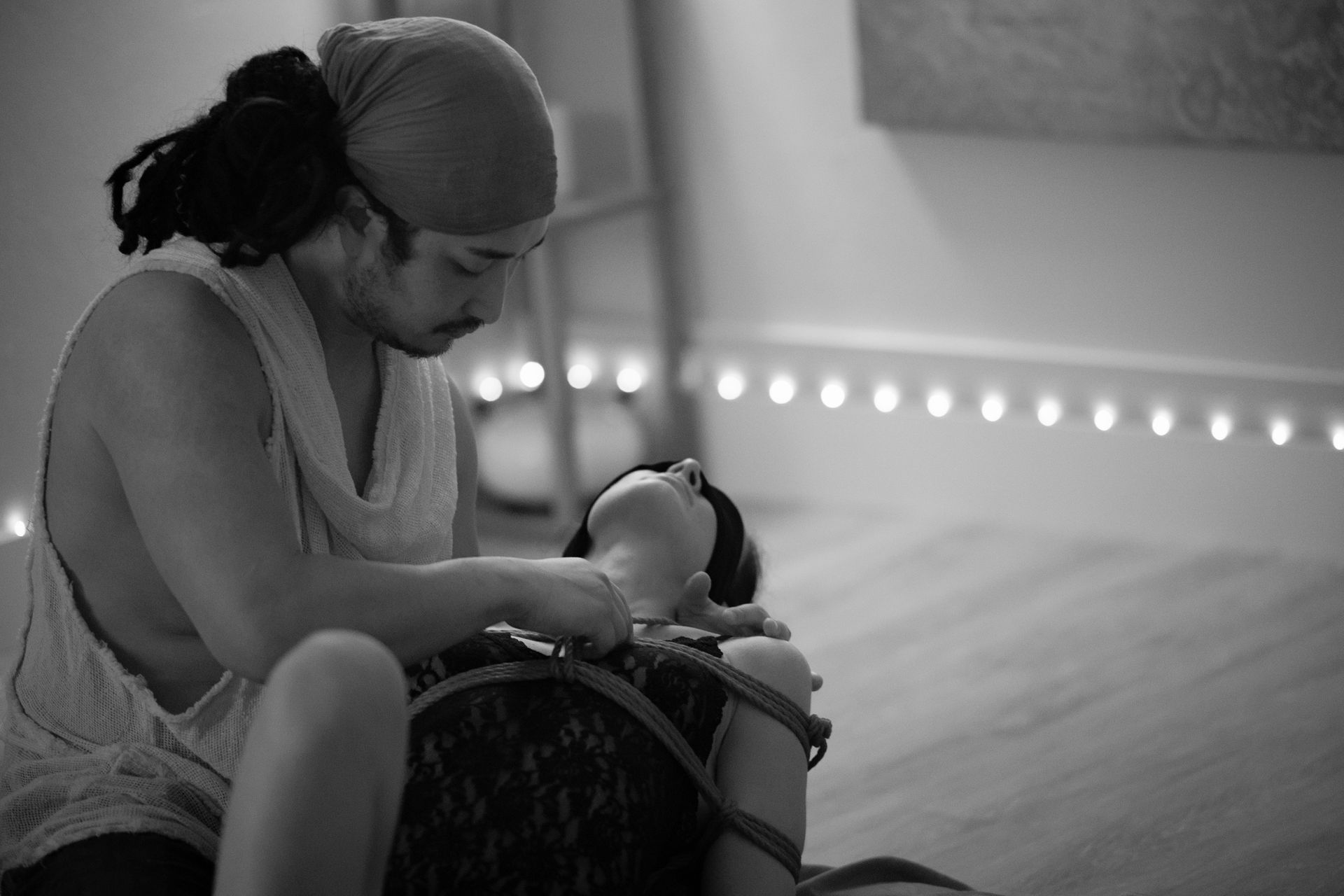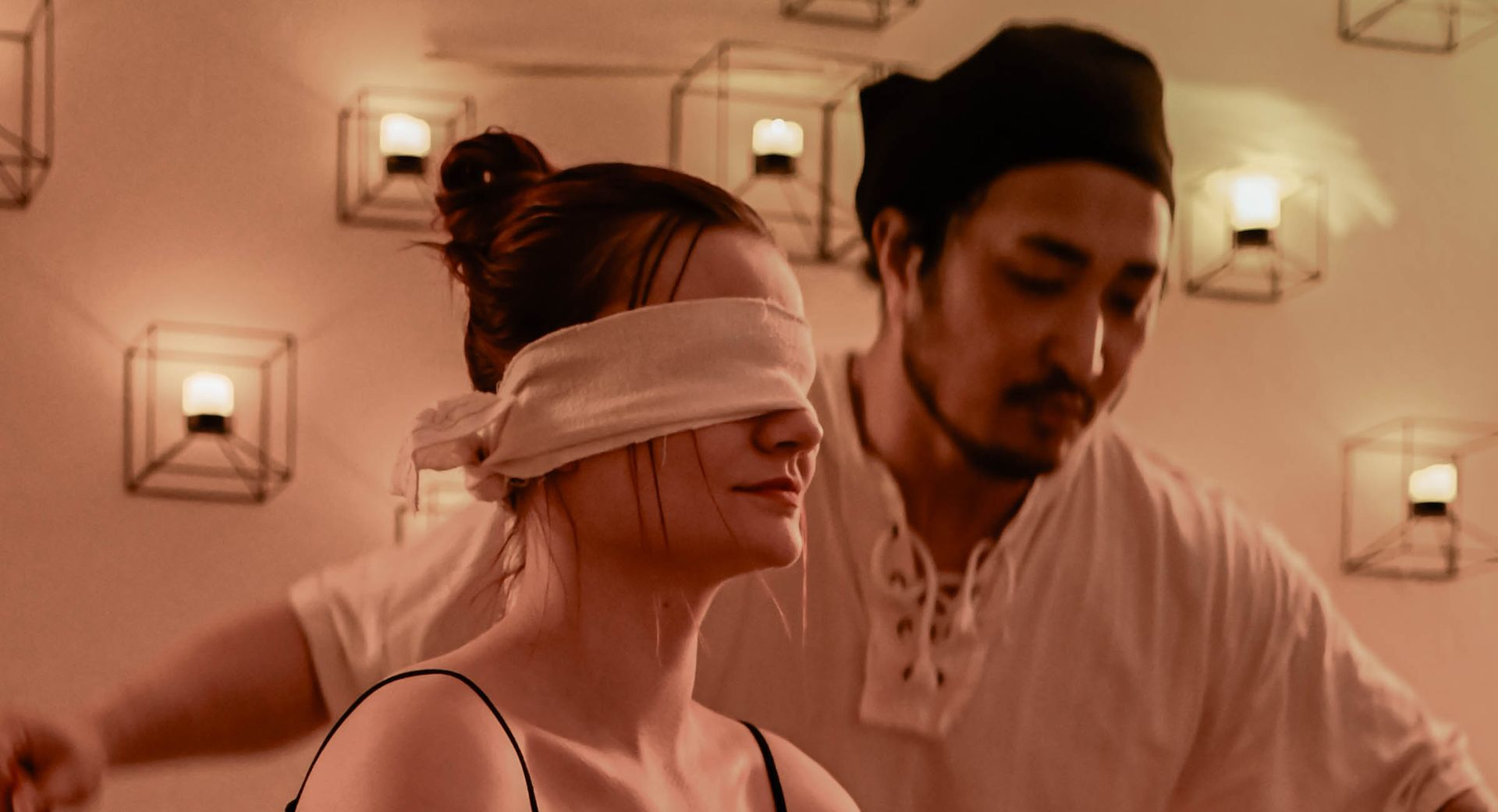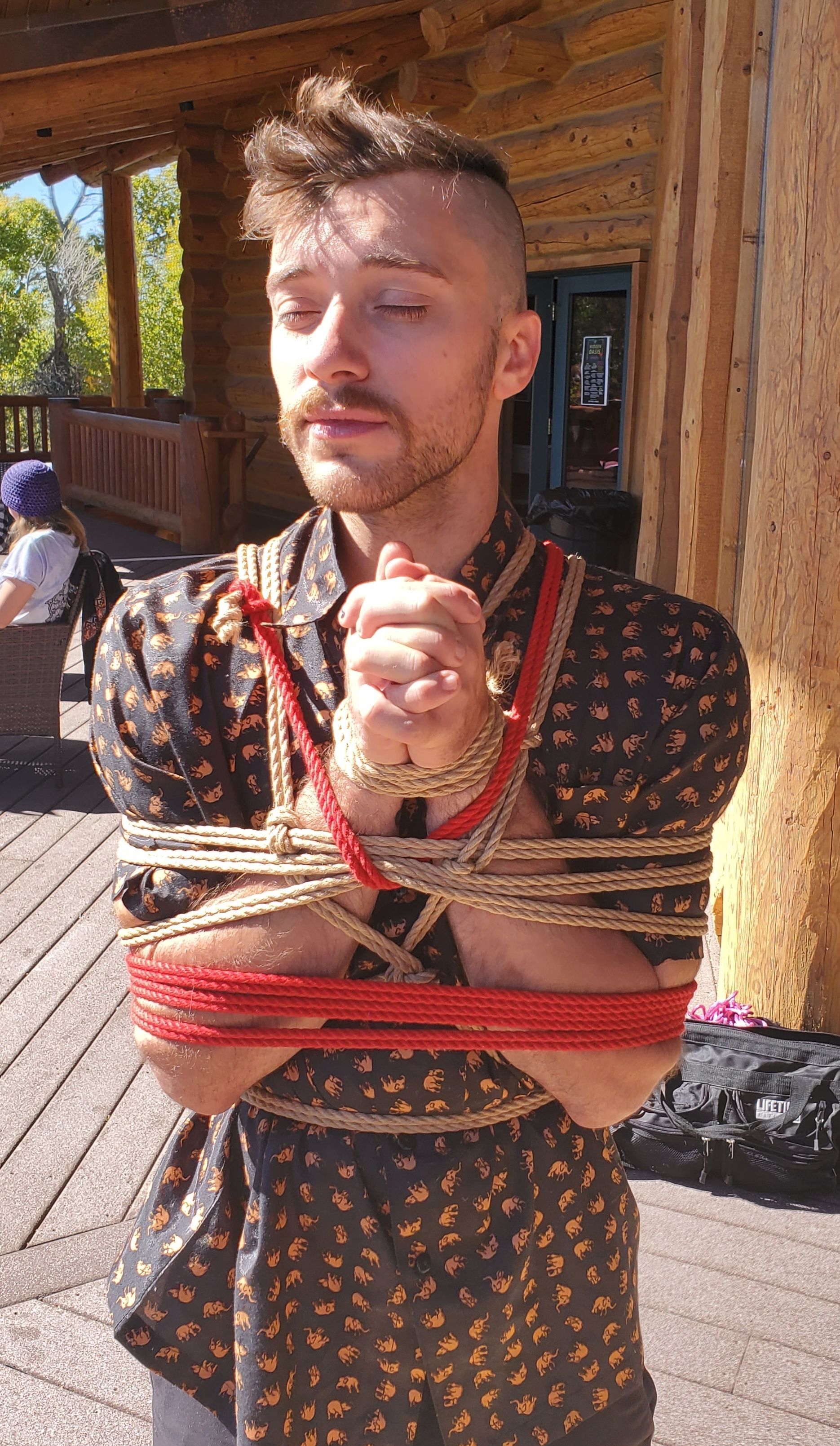OUR MiSSION
Empowering individuals through the art of Shibari, Scared Tie provides a transformative experience that teaches techniques while fostering relaxation and connection. Our mission is to guide you on a journey of self-discovery and personal growth, ensuring a fulfilling and enriching path to success."
MY RELATIONSHIP
WITH SHIBARI
My journey with Shibari started long before I ever held a rope in my hands. It began in my Lao culture, in the small moments of connection I grew up around, the white blessing strings tied around wrists during Baci ceremonies, the way prayer beads were held with care, the way touch could bring comfort without a single word. I learned early that binding could be about care, not control.
When I first discovered Japanese Shibari, I didn’t just see knots. I saw trust made visible, sculpture shaped by breath, geometry woven with feeling. It reminded me of what I had already seen in my own traditions, the belief that a tie can hold more than a body. It can hold memory, prayer, and connection.
As a massage therapist and healer over 9 years (Since May, 2016), I’d spent years listening to the body: how it tenses, how it softens, how it holds on to both pain and joy. Shibari became another language for me, one where rope carries the conversation. With it, I could shape not just muscles, but whole experiences.
For me, Shibari isn’t about restraint, it’s about release. It’s about giving someone a space to let go, to feel safe, to be seen. Every tie is a ritual we create together. I bring my skills, intuition, and roots; the other person brings their trust, openness, and presence. Together, we create something that only exists in that moment.
It also feeds my need for art. The body becomes the living canvas, the rope the brush. I think in curves, lines, and negative space. Yes, the visual is important, but only because beauty deepens what we feel.
Today, Shibari sits at the center of everything I am:
- A healer who knows how the body finds release.
- A Lao son who carries forward the belief that knots can bless.
- An artist who sees rope as both medium and message.
When I tie, I’m not just making patterns on skin. I’m honoring traditions, bridging cultures, and telling a story that lives only in that moment, and ends, beautifully, when the rope falls away.
~
Ederson Syvongsa
SACRED TIE SHIBARI
IN SHIBARI, THE ROPE NEVER HOLDS THE BODY, IT HOLDS THE MOMENT YOU CHOOSE TO TRUST.
Communication
TRUST
Trust, Consent, and Communication
When we talk about trust, it’s not something you just hand over, it’s something that’s built between two people. In this space, trust means you feel safe to speak up, safe to say yes, safe to say no, and safe to change your mind.
Consent only works when trust is there. If you set a boundary and your partner honors it, that’s how trust grows. Every time someone listens to you and respects what you say, it shows you that your voice matters.
Boundaries aren’t walls to keep people out, they’re doorways that guide connection. They show where you feel comfortable, and they give your partner a clear path to meet you there.
Trust is knowing that when you share your limits, your partner won’t push past them. And when you offer your openness, they’ll handle it with care. That’s what allows us to relax, explore, and really connect.
CONNECTION
Connection, Human to Human
Connection happens when two people meet each other with honesty and respect. It’s not just about the rope or the tie, it’s about how we show up for one another in each moment.
Consent and boundaries are what make real connection possible. When you know your limits will be respected, you can relax. And when you relax, you open the door to deeper trust and play.
Connection doesn’t mean pushing past someone’s edge, it means finding the rhythm where both of you feel safe, curious, and present. Boundaries are the guideposts that help us get there.
Every “yes” carries more weight when it’s rooted in freedom, and every “no” is an invitation to connect in a different way. True connection honors both.
In this practice, the ropes are not the main thing, you are. The rope is just a language we use to explore closeness, and it only works when consent and boundaries shape the conversation.
CLOSENESS
EXPRESSIOn
ARTISTRY
Artistry, Consent of the body, and Creativity
Artistry isn’t about making the fanciest tie or the prettiest picture. It’s about the feeling you and your partner create together. The rope becomes your paintbrush, but the connection is the real art.
Consent and boundaries are what shape that art. When someone shares their limits, they’re not blocking you, they’re giving you the frame to create inside of. That’s what makes it safe to explore.
When boundaries are respected, your creativity can actually flow more freely. You don’t have to second guess. You can focus on the moment, the way the rope moves, the way the body responds, the story you’re both telling.
The artistry here isn’t just in how it looks, it’s in how it feels. The trust, the respect, the care you show… that’s what makes rope more than just rope. That’s what makes it art.
RELEASE
Release, Consent to let go, and Build better self-boundaries
Release is what happens when you finally feel safe enough to let go. It’s the sigh, the softening, the weight you stop carrying on your own.
That kind of release only comes when consent and boundaries are respected. If you know your limits will be honored, your body can relax. If you trust your “no” will be heard, then your “yes” can be full and real.
Release isn’t just about the ropes, it’s about the freedom to stop holding back. Sometimes that looks like laughter, sometimes tears, sometimes just melting into the moment.
Boundaries make it possible, because they protect the space. Consent makes it powerful, because it means you chose it. And trust makes it beautiful, because you can let go knowing you’re cared for.
SURRENDER
Sacred blog
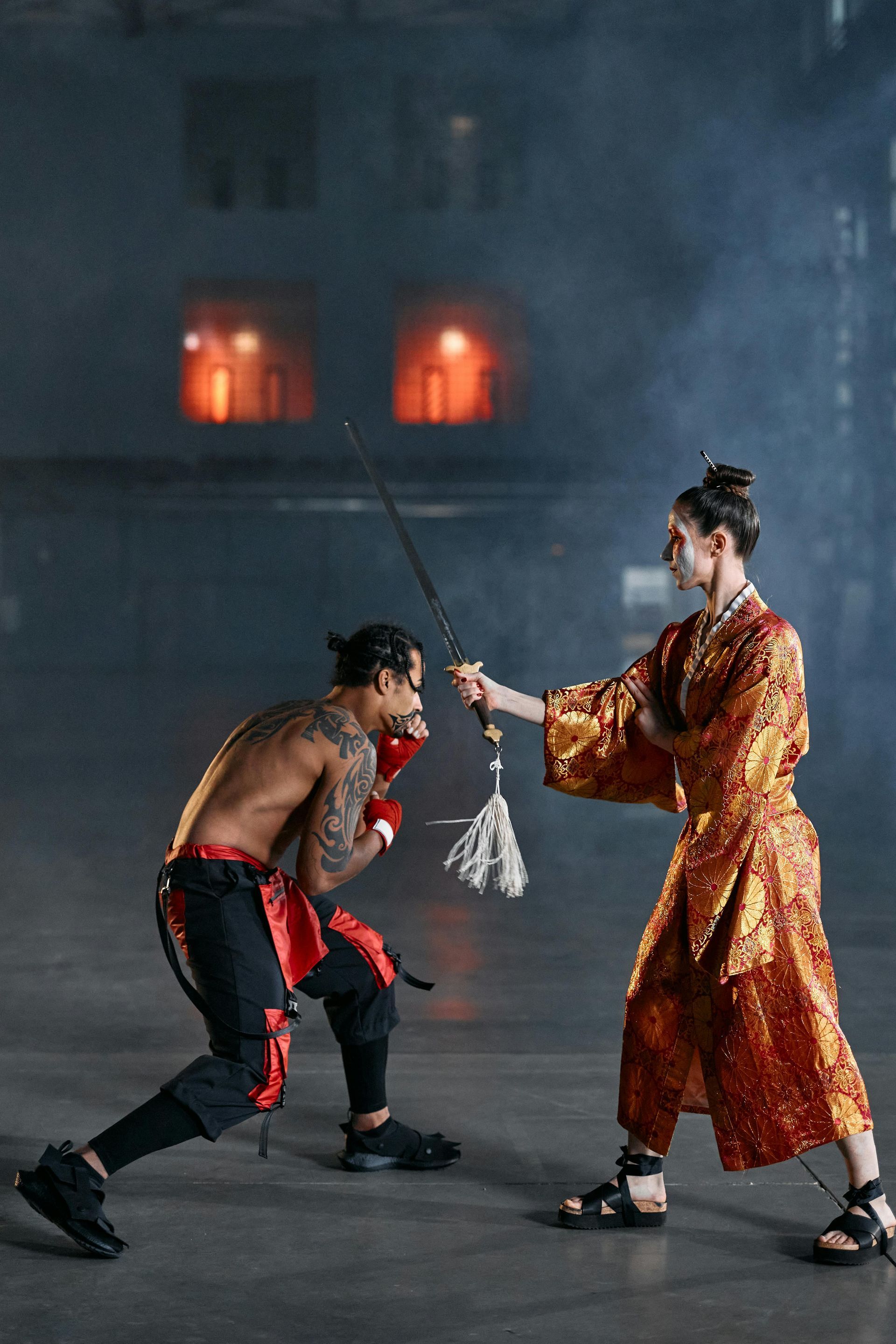
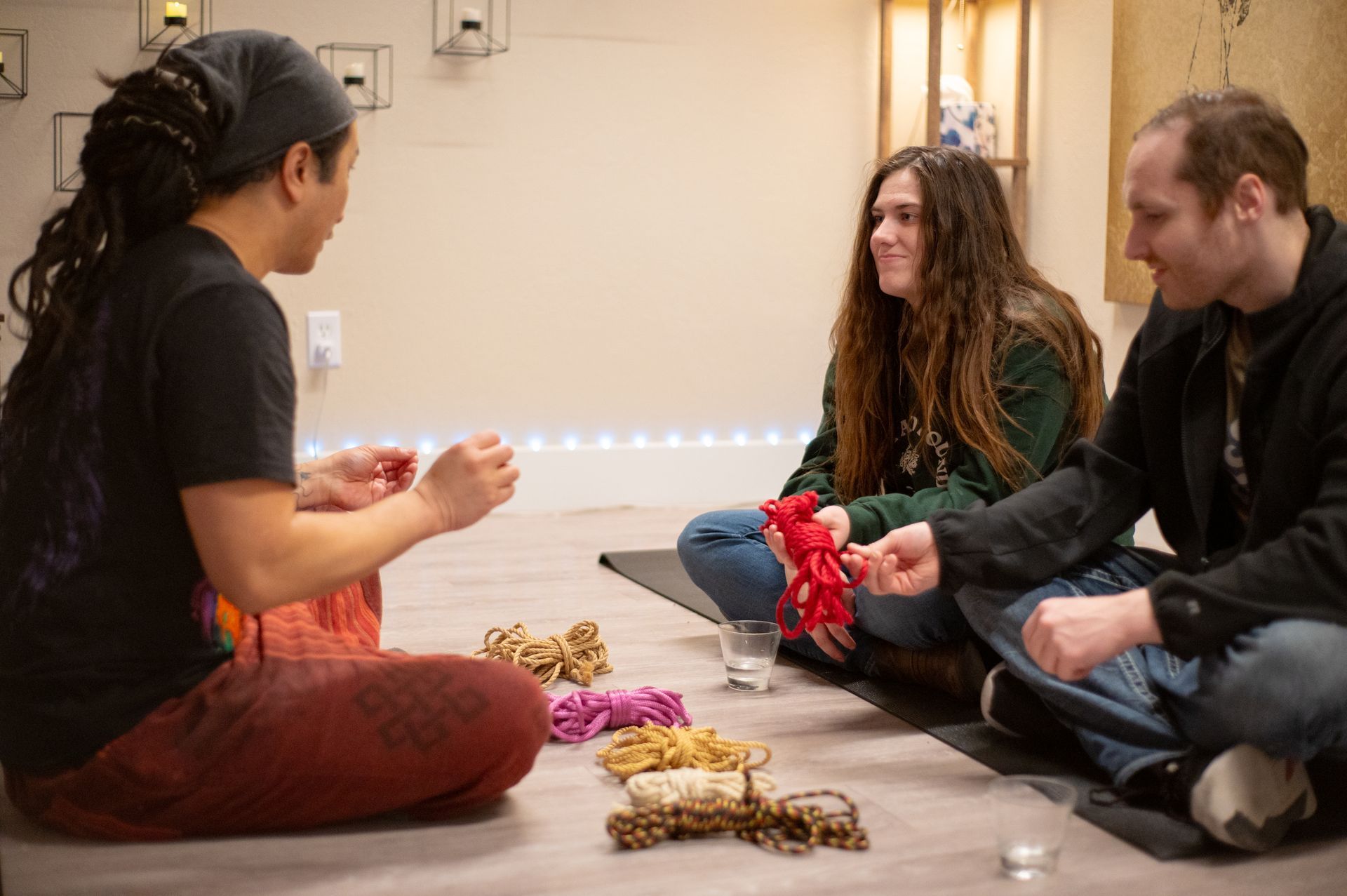
Shibari: History of Connection + Art
Shibari, which simply means “to tie” in Japanese, goes way back, all the way to the 1400s. It first came out of Hojojutsu, a samurai martial art used to restrain prisoners. Back then, rope wasn’t just practical; it was also symbolic. The way someone was tied, the knots, the patterns, the tension, told a story about their status, their crime, even their social rank.
By the late Edo period (1600s–1800s), things started to shift. Rope moved from battlefield to stage. Artists and performers took the precision of Hojojutsu and transformed it into Kinbaku, which means “tight binding.” Instead of focusing on control, the art turned toward beauty, emotion, and connection. Rope became performance, each tie like a poem written on the body, carrying trust and intimacy within it.
Sacred Tie Shibari draws from that history but reshapes it for today. For us, rope isn’t just about restraint, it’s about presence. Each tie is a mindful act: part meditation, part collaboration, part artwork. The rope becomes the brush, and the body the canvas.
We focus on four pillars:
- Trust – built through communication, consent, and care.
- Connection – found in touch, breath, and the energy between two people.
- Artistry – making shapes and stories that are both beautiful and meaningful.
- Release – creating space to let go, soften, and enter a flow together.
Sacred Tie
is both performance and private ritual. It’s where past meets present, tradition meets innovation, and rope becomes a bridge between body and spirit.
